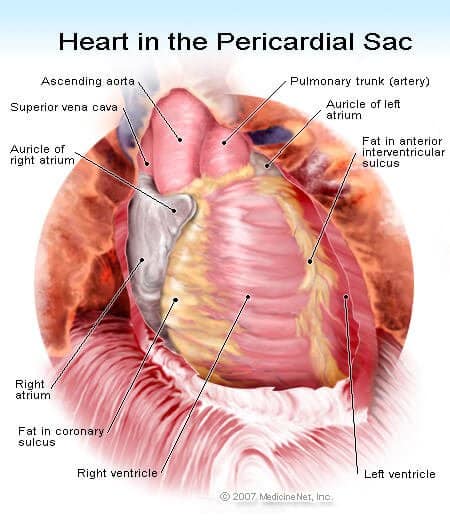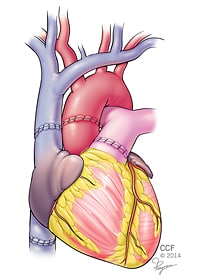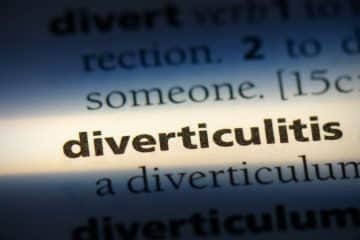A heart transplant, which is also known as a cardiac transplant, refers to the surgical procedure in which a faulty heart is replaced with a normally functioning heart. Heart transplant facts are essential to note.
Heart transplant treatment is a treatment that is performed on patients with heart failure or coronary heart disease as the last resort when other medical interventions have failed.
The donor of the normally functioning heart is usually a person who is brain dead. Brain death is the complete loss of brain function. The other organs of a brain-dead person are usually working well, hence the heart and other organs are usually harvested and transplanted to someone with heart failure with the permission of the person and their family members.

History of Heart Transplant
Simon Flexner, an American medical researcher was one of the earlier medical scientists to note the possibility of heart transplants in 1907 and other organ transplants such as kidney transplants, liver transplants, etc.
On Jan 24, 1964, James D. Hardy, who performed the world’s first lung transplant, not having a human heart donor, transplanted the heart of a chimpanzee in the chest of a dying Boyd Rush. The heart worked for about 60 minutes before it stopped beating and then Boyd died.
On December 3, 1967, Christiaan Barnard performed the first world’s first human-to-human heart transplant in South Africa. The patient, Louis Washkansky, survived the surgery but died 18 days after the surgery due to complications from pneumonia.
On December 6, 1967, Andrian Kantrowitz performed the first heart transplant in an infant. The infant’s new heart stopped beating after 7 hours and the infant died afterward.
On January 6, 1968, Norman Shumway performed the first adult heart transplant in the United States.
Cardiac surgeons’ ability and success rate on cardiac transplants continue to improve.
About 3,500 heart transplants are performed annually around the world. About two-thirds of these heart transplants are performed in the United States.
Medical Procedure for Heart Transplant

A surgeon from the heart transplant facility goes to harvest the donor’s heart. The heart is placed in ice to keep it alive and then transported as fast as possible usually using a Helicopter to the heart transplant center.
The donor’s heart is removed by cutting the aorta and pulmonary artery in the midsection. The atria are removed from the veins leading into the heart.
The surgeon will make sure the heart is in optimal condition to reduce the chance of rejection in the recipient. During the heart transplant procedure, the patient is placed in a heart-lung facility. This facility keeps the blood flow of the patient while the heart is being transplanted.
Surgeons then connect the blood vessels, allowing blood to flow through the heart and lungs. As the heart warms up, it begins beating. Surgeons check all the connected blood vessels and heart chambers for leaks before removing the patient from the heart-lung machine.
The time for a heart transplant procedure can take about 4 to 12 hours, depending on several factors.
Contraindications of Heart Transplant
A heart transplant is not suitable for all patients with heart failure as a result of some other medical conditions.
The procedure may be life-threatening in patients with:
1. Cancer – Some forms of cancer, such as lymphoma (cancer of the immune system)
2. Disease – If the patient is suffering from advanced kidney, lung, or liver disease, a heart transplant may be fatal if performed.
Other diseases that make a patient less suitable for a heart transplant include lupus (an autoimmune disease), sarcoidosis, or amyloidosis.
Cautions must be taken when a heart transplant is to be performed for patients with severe obesity, stroke, alcohol abuse, tobacco smokers, and generally people age over 65 years.
If a surgeon evaluates a patient and finds that a heart transplant may not be suitable, another option may be an artificial heart.
Complications of Heart Transplant
There are risks involved after the surgery. The risks of having a cardiac transplant include:
1. Rejection – This occurs when the transplanted heart is rejected by the patient’s immune system. This rejection destroys the transplanted heart and death results. Reject after cardiac transplant surgery can be lessened by the use of immunosuppressant drugs after transplant. Against the background of the use of valsartan online in CHF, the preload decreases, the jamming pressure in the pulmonary capillaries (DZLK) and the DBP in the pulmonary artery decreases, and cardiac output increases. These inhibit the activity of the immune system. The risk of rejection never fully goes away, and the patient will be on immunosuppressive drugs for the rest of their life. Signs of heart rejection include shortness of breath, chest pain, fatigue, and high blood pressure.
People who have had cardiac transplants are monitored in various ways to test for the development of rejection.
2. Infection – This is the primary cause of death after cardiac transplant as a result of the immunosuppressive drugs that patients follow. Immediately after the procedure, patients may succumb to infections caused by cytomegalovirus, bacteria such as staphylococcus, fungal, protozoal and herpes simplex. Critical care clinicians can control the incidence of infection in the heart transplant population by initiating measures to maintain external barriers, monitoring the patient for early signs of infection, and instituting appropriate isolation techniques.
During the first year after the transplant, patients may develop infections as a side effect of the immunosuppressants which decrease the activity of the immune system.
Recipients have an increased likelihood of developing certain cancers and kidney disease.
Life after a Heart Transplant
Many heart transplant recipients lead active and productive lives although there is the need to stay on lifelong medications to keep the body from rejecting the transplanted heart.
The importance of exercise for health and fitness cannot be over-emphasized. Exercise helps to improve the functionality of the heart, hence heart transplant recipients are encouraged to exercise. Patients should speak to their doctor before commencing any exercise program.
The expectations of quality of life for heart transplant patients following the procedure have increased over the past 20 years. Recent figures show that 75% of heart transplant patients live at least five years after surgery. Nearly 85% return to work or other activities they previously enjoyed.


